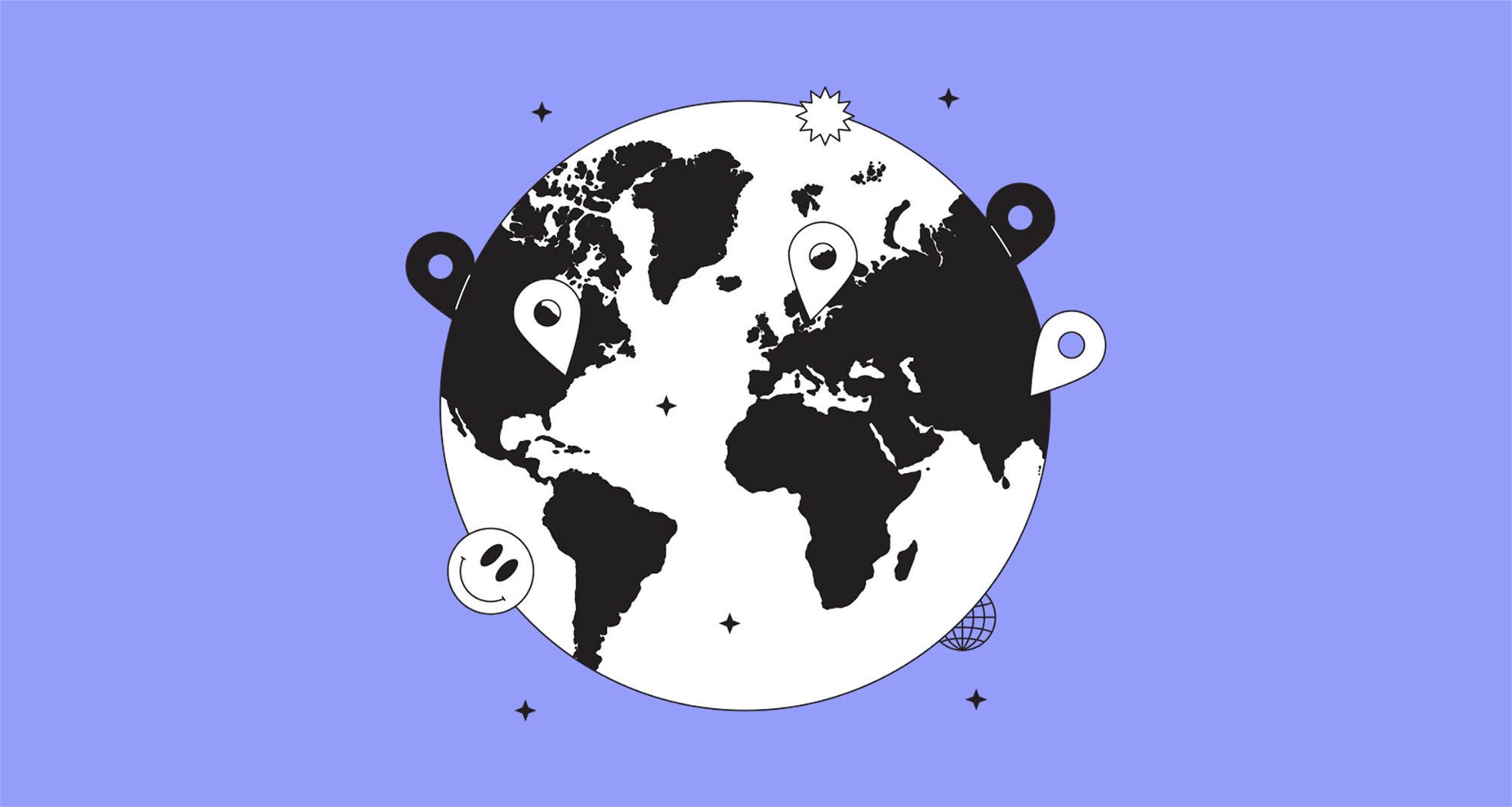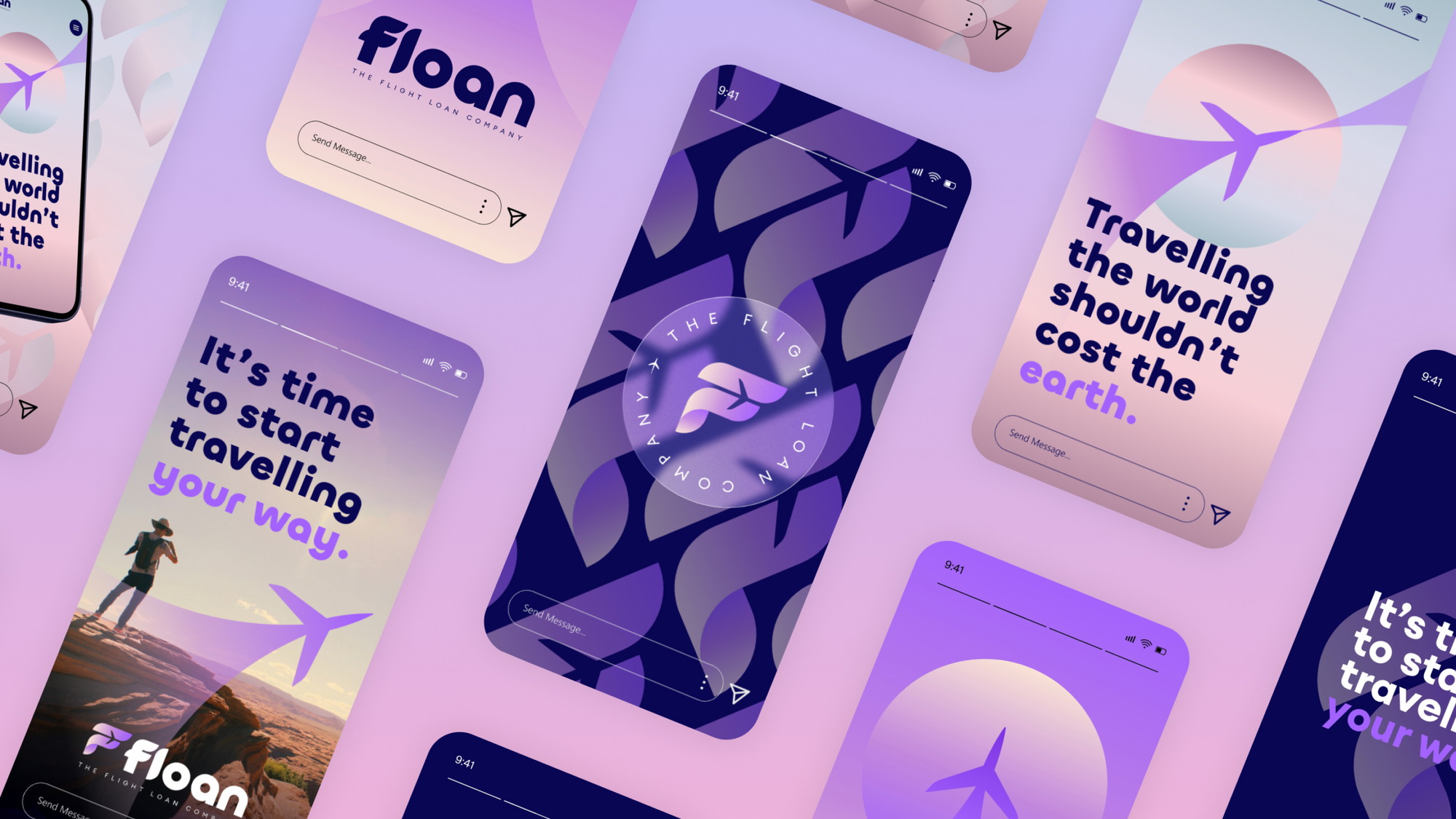Interactive maps in web design.

Introduction.
There are many benefits to using interactive web design elements, including interactive maps. They are a great way for users to interact with your website and to present information effectively.
These are web-based maps that allow users to click, pan and zoom for further information on geographical locations. They can be maps to show location-specific data, or use layers to showcase multiple data sets.
It establishes a meaningful interaction between users and your content, enabling a more personalised experience – beyond simply scrolling through a website.
Find out more about the use of interactive maps in web design below!
1. Information Made Simple.
Because we process visual data much quicker than written words, maps are a great way to display geographical information to users. These days, users’ attention span is getting shorter and shorter, which impacts the average session duration.
To keep users on the site longer, it’s important to engage them as quickly and effectively as possible. So, Instead of making users read through reams of text, you can simply display relevant location data with an interactive map.
Thanks to the different layers allowing for numerous datasets, your users can interact with the map to find the information that’s most relevant to them.
2. Showcasing Global Recognition.
Show off all your business locations – it will impress the user with your global scale! You can display all your store locations, international offices, manufacturing plants, partner businesses, locations of investments or projects… There are a lot of options, depending on your business type and industry.
3. A More Personal User Experience.
No matter what service or product you are offering, a personalised user experience is essential for all businesses with a digital presence. Tailoring your website to users’ expectations (or even beyond) will make the interaction with your business more relevant.
With interactive experiences, consumers will associate your brand with fun, engaging technology and come back time and time again. In the long term, this could also generate more visibility.
4. Seamless Localisation.
Additional value to the end-user can be achieved by combining interactive maps with personalisation. For example, you could use geolocation technology to seamlessly display your nearby locations to the user – perfect for restaurants or stores!
5. Design Considerations.
As beneficial as interactive maps are, there are some things to keep in mind before including them on a website. Firstly, you must display the information in a way that users will understand.
Whether it’s a timeline, zoom function or pan model being utilised for your interactive map, the visuals must be clear and any additional text concise. It also needs to be adaptable for varying screen sizes.
Although interactive maps can majorly improve user experience, it’s important to remember that not all information translates successfully on an interactive map. It’s crucial to plan your ideas and consider your intentions (and audience) before deciding to use one.
6. Behind the scenes at KOTA.
As well as the development side, the designing of maps needs a lot of thought too. For example, where will the map be featured in the user journey and how will it promote the brand’s image?
When designing the new website for Cubico, they wanted us to showcase the global reach of their sustainable investments. After defining the detailed requirements, we created a fully customised, animated 3D Earth built using WebGL. It gives the user full interaction as well as search/filter functionality allowing them to browse the locations of investments around the world.
We created a more simplified, but beautifully stylised version of this concept for Edge10 Group (ARMS). We also built it utilising WebGL technology and utilised a 3D sphere with a map from NASA. Then we positioned the location pins in the right regions.
The 3D map turns on its axis when the user toggles between the regions, whilst also serving up case study content for that region, showing the global reach of the brand and their partnerships in each region.
Conclusion.
Overall, interactive web design, and specifically interactive maps, are a great way to keep users engaged on your website. They are visually more engaging than text and provide a personalised user experience.
Although these elements need a lot of planning, when done well they can provide much additional value for your business and generate a good amount of buzz.
Interested in working with KOTA?
Drop us a line at
hello@kota.co.uk
We are a Creative Digital Agency based in Clerkenwell London, specialising in Creative Web Design, Web Development, Branding and Digital Marketing.





